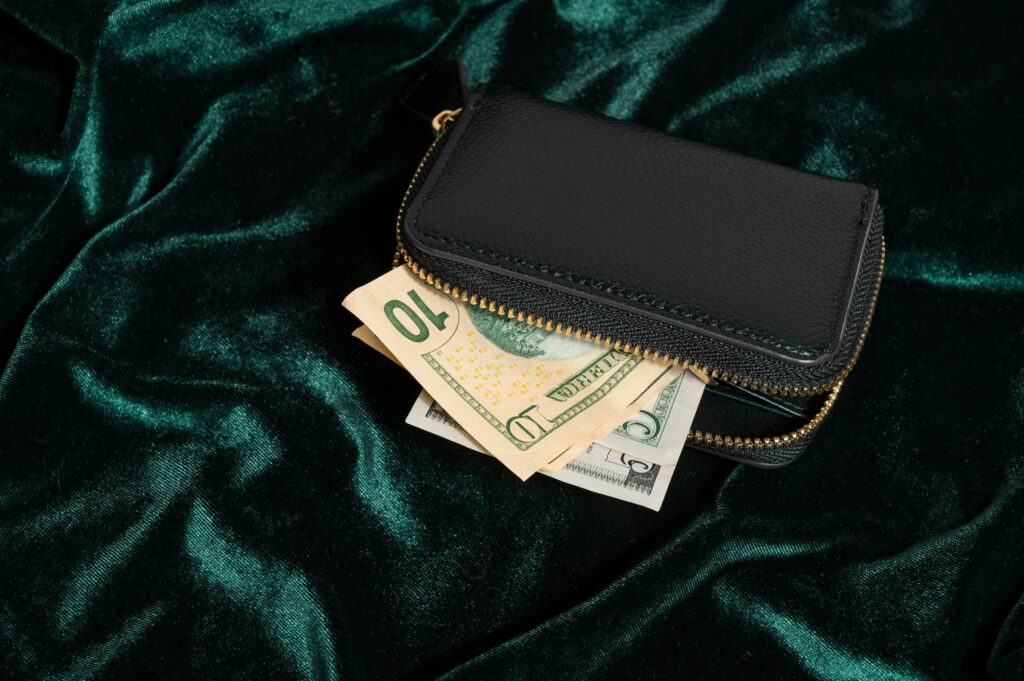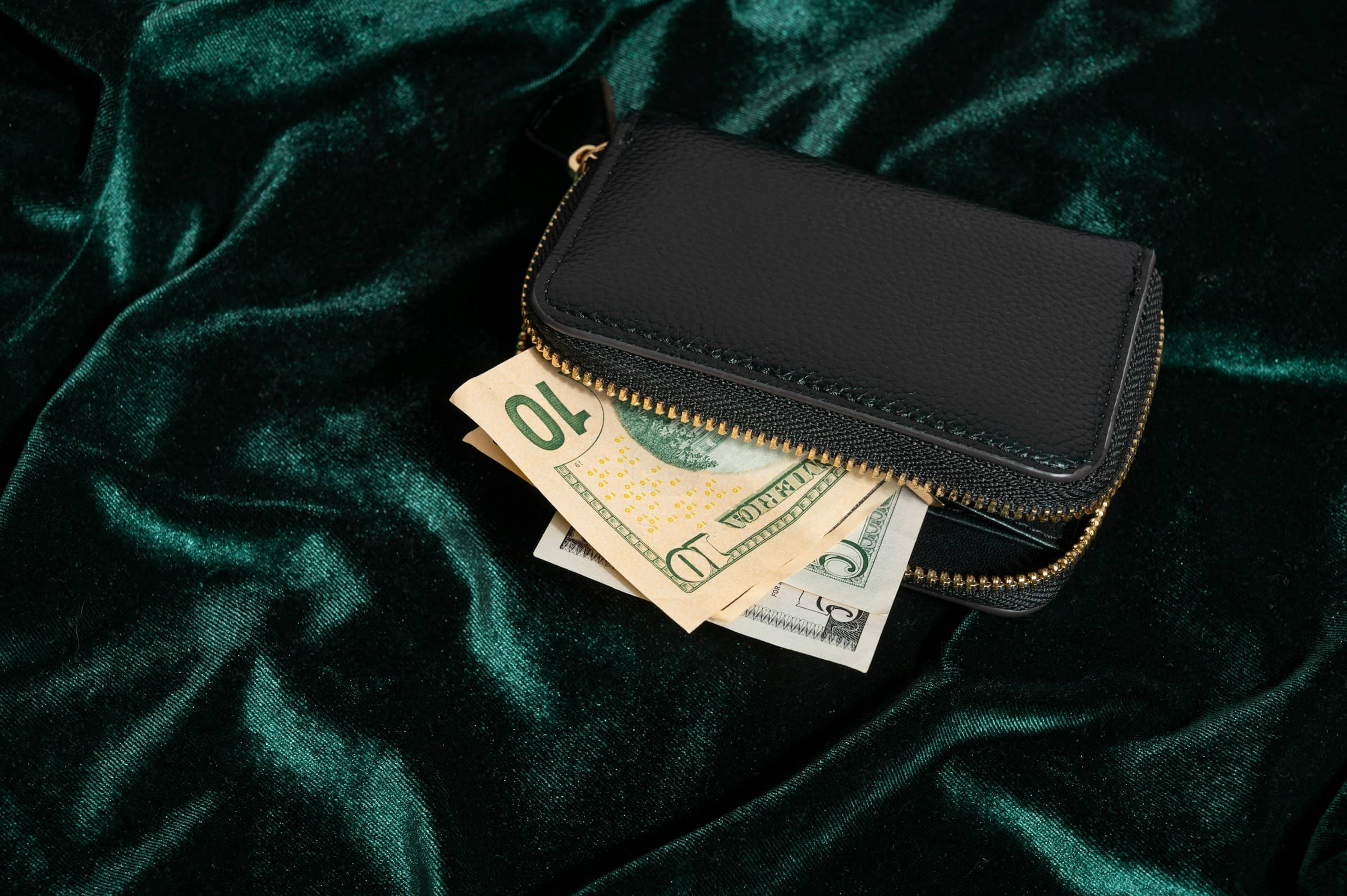
Think about saving a whole lot of hours and 1000’s of {dollars} annually—simply by proudly owning much less. These 20 stats present how.
Most individuals I do know need extra money and time. Usually, I can see why.
We’re stretched skinny—attempting to fulfill deadlines, pay payments, look after our households, and nonetheless discover area for relaxation, pleasure, function, and that means. The times really feel brief. The bills pile up. And it’s straightforward to imagine that the one answer is to work tougher, earn extra, or someway match extra into an already full life.
However possibly there’s a greater reply. What if the answer isn’t present in incomes extra, however in proudly owning much less?
Each merchandise we purchase has a price—and never simply in {dollars}. Our possessions price us time to earn, time to keep up, and time to handle. And the quickest option to get extra money and time again into our lives is to pursue minimalism.
And it seems, the numbers again this up. Listed below are 20 statistics that present simply how a lot minimalism can change our on a regular basis by giving us extra time and more cash.
Cash
1. People waste $18,000 on “non-essential” bills annually (supply)
2. Regardless of proudly owning sufficient clothes to type a mean of 135 outfits, People spend a mean of $1,445 yearly on garments and sneakers. (supply)
3. On common, individuals spend $360 annually on jewellery, whether or not for gifting others or shopping for for themselves—regardless of already proudly owning 34 items of bijou. Males, on common, spend extra on themselves than girls do. (supply)
4. Households spent $24 billion on toys yearly. Dad and mom spend a mean of $240 on toys and video games yearly whereas grandparents spend $500. All whereas it’s estimated that 20-30% of toys are by no means performed with. (supply)
5. People spend $14.6 billion yearly on dwelling group. (supply)
6. In the USA, individuals throw away over $473 billion value of meals yearly—38% of all of the meals in America. (supply)
7. Practically $10 billion in digital gadgets—comprising pc gear and gadgets, screens, and small digital home equipment—is thrown away yearly within the US alone. (supply)
8. On common, People spend roughly $1,100 per yr on espresso from espresso retailers. (supply)
9. Practically 25% of grocery purchasing {dollars} are spent on processed meals and sweets—that quantities to $125/month for the common American family. (supply)
10. Within the US, shoppers spend a mean of $150 per 30 days on impulse purchases. (supply)
11. The typical American spends over $1,000 a yr on subscriptions—$200 of it on pointless or unused subscriptions. (supply)
Time
12. On common we spend two hours per day shopping for issues and caring for the issues we already personal. (supply)
13. People spend practically two hours a day purchasing on-line at work. (supply)
14. The typical lady makes 301 journeys to the shop yearly, spending near 400 hours a yr purchasing. This quantities to eight.5 years spent purchasing throughout a typical lifespan. (supply)
15. The median measurement of a brand new American dwelling has grown to 2,338 sq. toes from 983 sq. toes in 1950, pushed partly by the necessity to retailer extra possessions, growing housing prices. (supply)
16. 54% of People really feel overwhelmed by muddle, with managing possessions elevating stress hormone ranges, significantly for moms, costing psychological well being and time. (supply)
17. People spend greater than two full days on-line purchasing per yr. (supply)
18. The typical American now spends 2.5 days per yr (60 hours) searching for misplaced gadgets, costing households $2.7 billion yearly to switch misplaced possessions. (supply)
Extra
19. 81% of buyers are keen to extend their on-line spending buy simply to fulfill a retailer’s free transport threshold. (supply)
20. The nationwide common bank card debt amongst cardholders with unpaid balances in 2025 averaged $7,321 (with a lot of it tied to pointless purchases), which leads to an additional $120 billion in bank card curiosity and charges yearly. (supply)
The information doesn’t lie: after we personal much less, we will save extra—each money and time. And with that, we achieve one thing much more useful—margin to stay a greater, extra intentional life.



